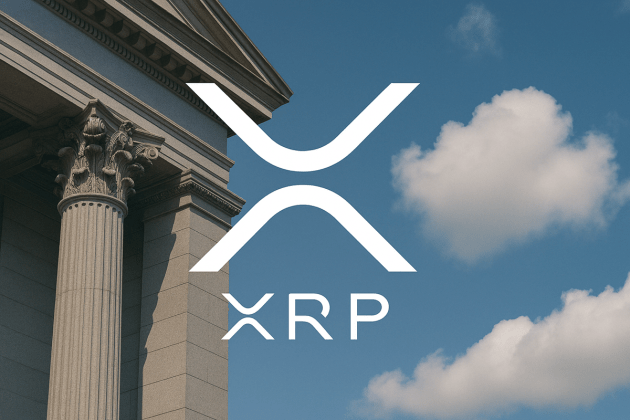Layer-1 blockchain Nomic will begin supporting Ethereum on its decentralized Bitcoin custody engine on a testnet launched Sept. 12. This will allow Nomic users to on- and off-ramp Bitcoin (BTC) on Ethereum without a third-party, centralized custodian.
Thus, Nomic’s native nBTC can be used in place of Wrapped Bitcoin (WBTC), which is backed by BTC held in reserve by a custodian.
Making BTC DeFi less clunky
nBTC provides a trust-minimized solution for using Bitcoin in decentralized finance and may, in the future, be used on other Ethereum Virtual Machine (EVM)-based chains. Matt Bell, CEO of Turbofish, the founder and core contributor of Nomic, said:
“Bitcoin is the highest-value crypto asset, and Ethereum is the highest-value DeFi ecosystem […] It’s time to move beyond the current centralized and clunky BTC-on-Ethereum offerings, and start truly bringing Bitcoin into DeFi.”
Bitcoin can be exchanged for nBTC, which is backed by Nomic’s decentralized BTC reserves. Nomic is part of the Cosmos ecosystem, and nBTC can be moved on Cosmos or any chain compatible with Cosmos’ Inter-Blockchain Communication protocol.
Source: Nomic
Related: Ecosystem developers bring Bitcoin to Cosmos network
Few options available for BTC DeFi
Before nBTC, the only alternative to WBTC was tBTC, originally issued by the Keep network. tBTC used multiparty computation to secure data by distributing it through smart contracts among “signers.” Keep and NuCypher merged in 2022 to form Threshold.
BitGo announced in August that it was transferring WBTC custody to a joint venture with BiT Global while preserving the multisignature technology that secured it. BitGo’s decision proved to be controversial due to the involvement of Justin Sun in the partnership.
A few weeks later, Threshold proposed swapping WBTC's centralized custody, mint and burn model for the permissionless mint and redeem mechanism used for tBTC. That proposal would effectively give Threshold control over WBTC.
Another one-time alternative to WBTC was renBTC, issued on a platform manager by Alameda Research. That platform closed when FTX collapsed.
Magazine: Proposed change could save Ethereum from L2 ‘roadmap to hell’










